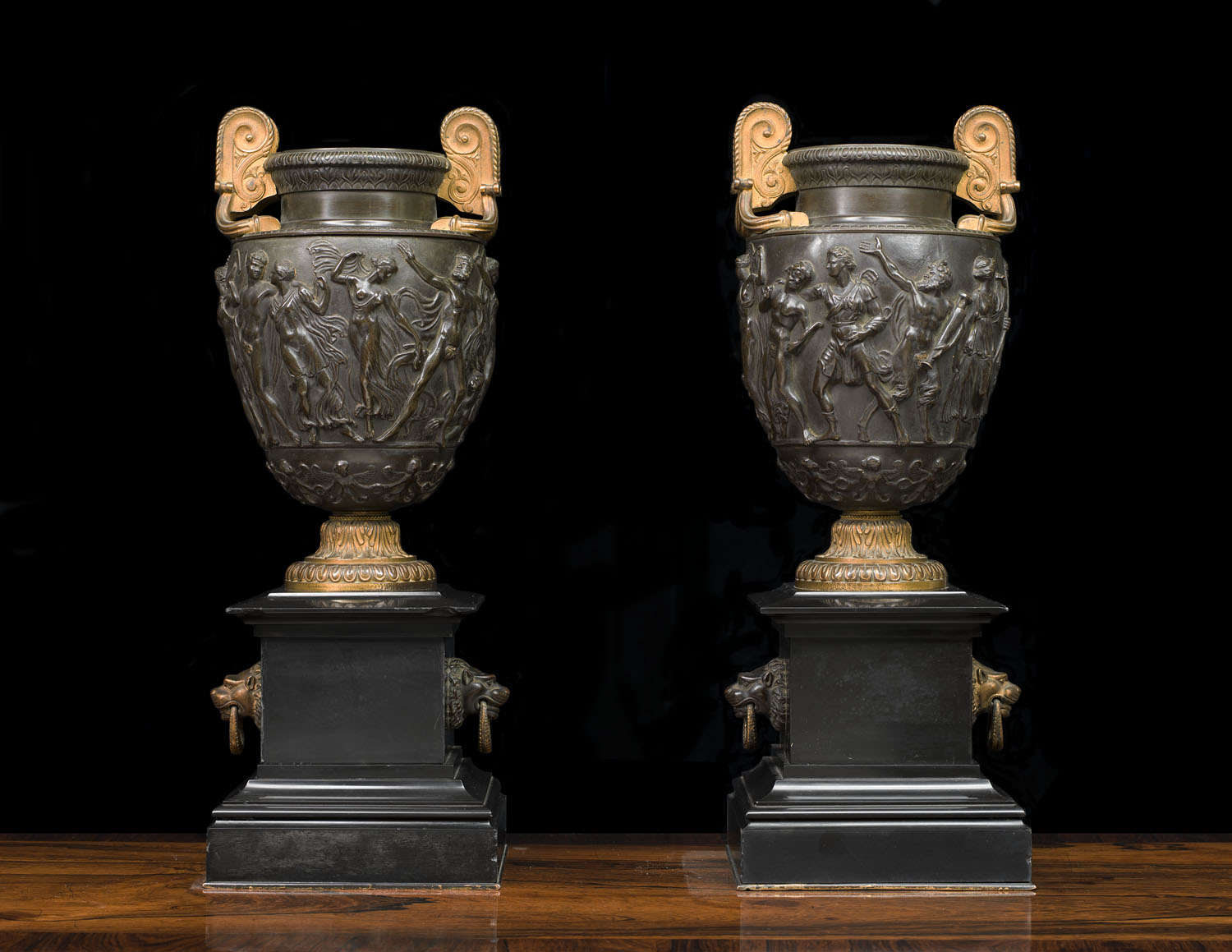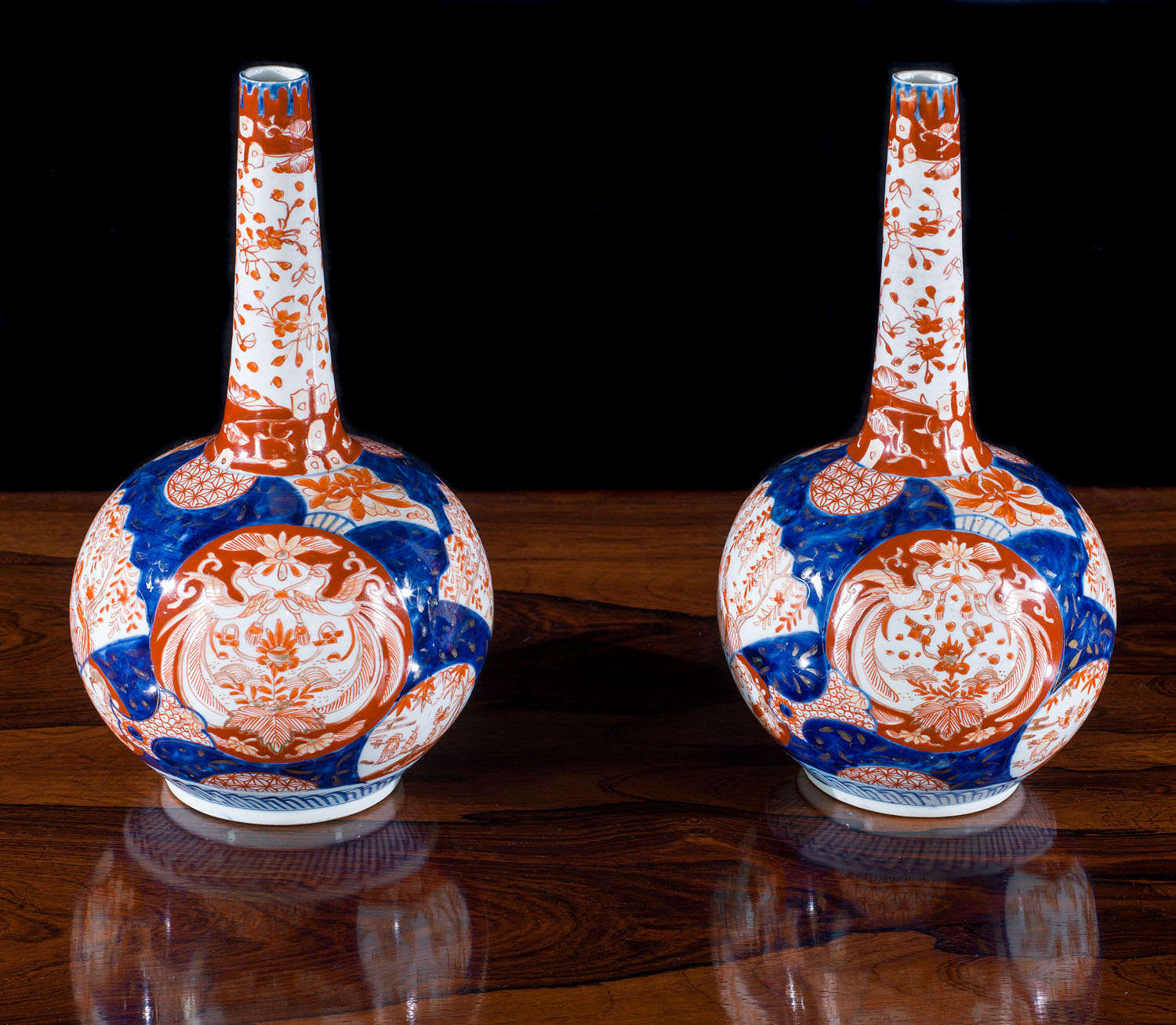Our blog features several articles on identifying different antiques, such as recent pieces on identifying antique dolls and identifying antique Chinese vases.
In this blog, we look at antique vase markings and how to identify antique vases.
Being able to accurately identify an antique is an important skill for buyers, sellers and collectors as it is central to the valuation process.
Additionally, understanding the provenance of an object brings it to life, while the process of uncovering its identity can be a rewarding journey of discovery.
Without further ado, let’s look more closely at how to identify antique vases.

× 
What do you need to identify antique vases?
Finding some source material is the first port of call before beginning the process of identifying an antique vase
You’ve started in the right place by doing some research.
Finding some source material is the first port of call before beginning the process of identifying an antique vase.
There are numerous online directories with information on antique vase markings, as well as some classic texts such as “The Handbook of British Pottery and Porcelain Marks” (note, such books tend to be specific to a locale or time period so it’s advisable to carry out some initial research prior to purchase).
You’ll likely need a few items to hand in order to carry out the identification process. We recommend a clean cloth for removing dust or dirt, a torch and magnifying glass to look more closely at faded or small markings, as well as a camera should you want to send photos to a professional or carry out a reverse image search online.
Your first clue: Check the base
Perhaps the most useful (and easiest to find) clue to identifying an antique vase is to locate and recognise a maker’s mark
Perhaps the most useful (and easiest to find) clue to identifying an antique vase is to locate and recognise a maker’s mark.
Uncovering such a mark is a potential treasure trove of information. A maker’s mark can reveal when, where and by whom an antique vase was made.
Depending on the maker and the type of vase, the mark may be engraved, inked, or painted onto the base.
It’s worth noting that, in many cases, marks change over time as fashions, manufacturers and their processes evolve.
You’ve found an antique vase mark – what next?
Silver vases will feature a hallmark, usually alongside the date and location of manufacture
If the mark is suitably legible, your camera will come in handy here. Take a photo of the mark and upload it into an online search engine and carry out a reverse image search.
With luck, you’ll find a similar mark online which has already been identified.
Alternatively, make use of an antiques catalogue or glossary.
There are some big clues to be aware of which don’t necessarily need external source material.
Silver vases will feature a hallmark, usually alongside the date and location of manufacture.
Vases produced in Japan around the start of the 20th Century will feature the word NIPPON – and again, often feature production details.
It may be evident that a secondary mark has been placed over the original maker’s mark. This is referred to as an “overmark” and generally indicates the vase has been produced between 1880 and 1930, typically in Europe.

× 
How was it made: Tell-tale signs?
Antique glass vases were typically hand blown and feature hand-polished edges
Antique glass vases were typically hand blown and feature hand-polished edges. This means the edges stand out as both smoother and shinier.
If this is the case, plus a maker’s mark is featured, you’re likely to have an antique on your hands.
Although the large market of replica antiques can hinder the identification process, it’s worth considering that antiques are, by nature, old – and in the case of antique vases, handmade.
Age, and the lack of perfect uniformity among handmade objects, means that small signs of wear and tear, asymmetry or slight bubbling within glass may indicate a vase is an antique.
How to identify antique vases: Talk to an expert
If you’re looking to buy or sell an antique vase, it’s important to correctly identify it.
You may find the above steps aren’t enough to entirely convince you of the provenance of a vase – indeed, we’ve mentioned how the antique replica market can cause confusion.
Should this be the case, we’d advise seeking a second opinion from a reputable expert. Search online for an independent appraiser or speak to a specialist antique vase dealer.
To discuss any of the above further, or find out more about Westland and our premier stock of antiques, get in touch today.